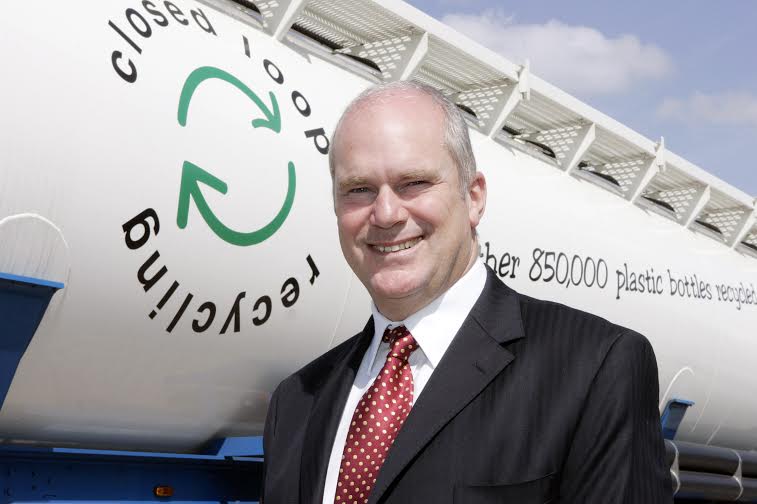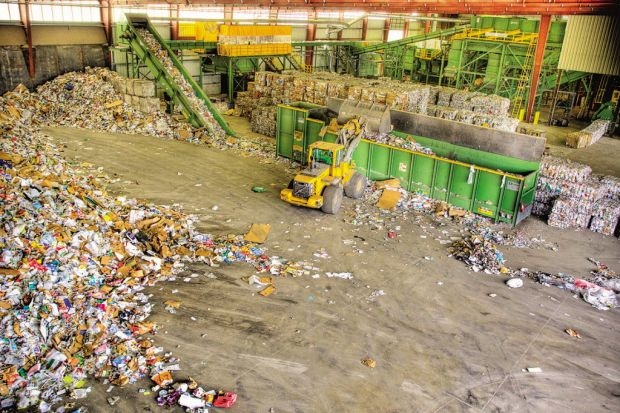Several factors are combining to put ceilings on newsprint and printing and writing paper demand in Europe, but tissue and packaging grades prospects are not as gloomy.
Presenters at a 2010 European Paper Recycling Conference (EPRC) session titled “The Future is Far from Paperless” offered statistical roundups and forecasts on past and future demand for the different paper grades.
Graham Moore, head of Strategic Consulting with Pira International, Leatherhead, U.K., commented that several factors have combined to put pressure on newsprint consumption in Europe.
Moore said the “three Es” of economics, e-technology and the environment have combined put limits on Europe’s hunger for newspapers and other print products.
Readers have found the Internet to be a more economical way to receive their daily news, while some publishers have found models to communicate electronically and save on paper costs.
Moore said the proliferation of e-technology “has grown tremendously even in the six years that this Conference has been held,” with GPS systems having replaced maps or directions printed on office paper and the iPad beginning to take market share away from books and magazines.
The environment has played a role with some consumers, government agencies and corporations. Some readers believe they are making a wise carbon-emissions choice by avoiding ink-on-paper publications, and likewise some potential newsletter and print advertising publishers have switched to an electronic format because of the same belief.
Moore said packaging grade producers have held steadier to their market in Europe. He gauges paper packaging as having 38 percent market share in Europe. “Our view is it will remain a dominant packaging material,” said Moore.
On the packaging side, John Dryden of Paccess, a U.S.-based company that designs consumer product packaging for manufacturers such as Nike, said Paccess’ customers are working on using less material by weight on each package.
Among the examples offered by Dryden was a new Nike shoe box design that is allowing the company to use 10,000 metric tons less packaging board annually.
On the encouraging side, customers such as Nike, Wal-Mart and Target are specifically requesting the use of paper grades made with recovered fibers that can be labeled that way to appeal to eco-conscious consumers.
Tony Waring, the head of recovered fiber buying for United States-based consumer products company Kimberley-Clark, told attendees that the tissue and hygiene products company consumes some 2.1 million metric tons per year of recovered fiber, predominantly office paper.
Waring, based in the U.K., says he sees higher per capita tissue use in Asia propelling global demand for tissue to grow 50 percent from 2010 to 2030. Currently, Waring noted, high grades such as office paper “are the only ones suitable for tissue production,” but that companies such as Kimberley-Clark “have to develop technologies to access some of the other grades.”
The 2010 European Paper Recycling Conference was Nov. 3-4 at the Sheraton Congress Hotel in Frankfurt, Germany.
Source : www.recyclingtoday.com






